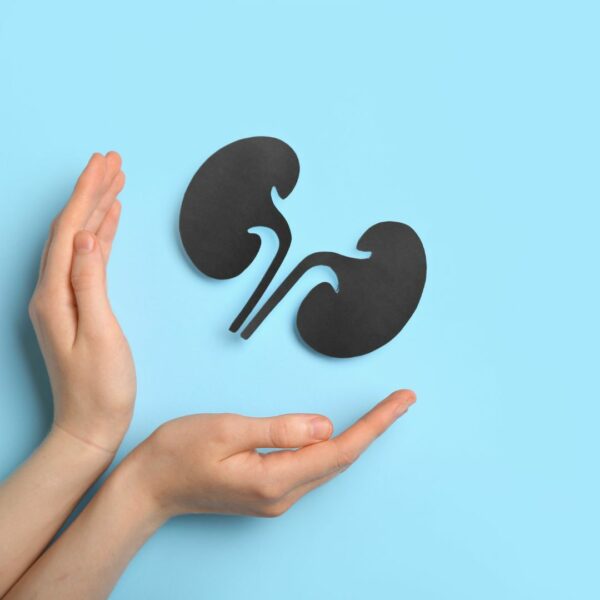Peripheral arterial disease (PAD) is a common and potentially severe vascular condition that derives from atherosclerosis. Basically, it is the accumulation of plaque within the arteries. This condition impacts millions globally every year because it diminishes blood circulation to limbs and organs, resulting in:
- Discomfort
- Limited functionality
- The potential for limb loss
In recent years, the field has witnessed notable progress in medical technology and procedures, empowering healthcare professionals to effectively combat this ailment, with peripheral arterial stenting emerging as a pivotal intervention.
Understanding the Impact of Peripheral Arterial Disease
PAD occurs when the peripheral arteries, mainly in the legs, become narrowed or blocked by fatty deposits. Symptoms might include leg pain while walking, numbness, or the development of sores that do not heal. If left untreated, PAD can lead to critical limb ischemia, gangrene, and ultimately amputation.
According to a study published in the Journal of the American Heart Association, the prevalence of PAD in the United States is about 6.8 million among adults 40 years or older. The number escalates with age and is more common among those who have diabetes or smoke.
The Warning Signs of Peripheral Arterial Disease
Typically, one of the first and most common symptoms of PAD is leg pain while walking, a condition known as “intermittent claudication.” Individuals with PAD might observe that they can only walk a particular distance or for a certain amount of time before they begin to experience this cramping or discomfort, often in their calves.
Symptoms may vary and can include additional signs besides leg pain. Some people may even feel numbness or weakness in their legs, which can cause concern. Coldness in one leg compared to the other may also indicate PAD due to decreased blood flow. Sores on the toes, feet, or legs that don’t heal or take an unusually long time to heal are another symptom of PAD. In severe cases, these can progress to critical limb ischemia, a severe form of PAD causing ulcers or gangrene. Lastly, in males, erectile dysfunction may also be a sign of PAD.
However, some persons might not exhibit marked symptoms but could still have PAD, making early detection tricky, underlining the significance of regular PAD screening—especially if you have key risk factors like smoking and diabetes.
Stenting as a Solution for Peripheral Arterial Disease
For moderate to severe cases, one of the leading treatment options is peripheral arterial stenting. Stents, which are small mesh tubes, are placed in the artery to provide structural support from within. Peripheral arterial stenting is minimally invasive and is performed using a catheter threaded through the blood vessels to the site of the blockage.
Numbers that Speak
In a retrospective analysis conducted at a cardiovascular center, researchers delved into the recurrence patterns in 88 patients battling peripheral artery disease (PAD) in the lower limbs following their angioplasty and stenting treatments. They meticulously searched for links between PAD’s return and a host of factors unique to each patient: their backgrounds, whether they smoked, and if they had conditions like diabetes, high blood pressure, or abnormal cholesterol levels.
They found a recurrence, or restenosis, occurring in only 12.5% of cases, pointing to the significant role the chosen revascularization methods and the characteristics of the affected blood vessels play in the likelihood of PAD returning. Curiously, they noted that age, gender, the extent of the artery blockage, and other health issues like smoking, high blood pressure, and cholesterol levels didn’t markedly sway restenosis rates. These findings underscore the advantages of stenting over alternative methods in managing PAD, as it offers a minimally invasive approach with comparable or superior outcomes in preventing recurrence.
The Advantages of Peripheral Arterial Stenting
- Minimally Invasive: Compared to open surgical methods, stenting is less invasive, reducing risks and recovery time.
- High Success Rate: Stents provide immediate relief of symptoms and have high success rates in the long term.
- Low Complication Risks: Complications are rare and typically minor if they do occur.
- Improved Quality of Life: Patients experience a significant improvement in quality of life with increased mobility and decreased pain.
The Importance of Patient Education When It Comes to Peripheral Arterial Stenting
When it comes to peripheral arterial stenting, ensuring patients are in the know is key to getting the best results. That means laying out all the details about the procedure, what risks and benefits to expect, how to take care of yourself afterward, and any lifestyle changes that might help. Patients need to have a clear picture so they know what to expect and can stick to their doctor’s advice.
Whether it’s staying on top of meds, keeping up with follow-up appointments, or tweaking their habits like quitting smoking or adjusting their diet, every bit helps for long-term success. Plus, when patients are well-informed, they can have more of a say in their treatment, working closely with their healthcare team to tailor their plans to fit them just right. So, educating patients is really the foundation for good outcomes and better care overall when it comes to peripheral arterial stenting.
In summary, peripheral arterial stenting provides a ray of hope for individuals facing PAD. By remaining well-informed, actively engaging in treatment protocols, and embracing necessary lifestyle adjustments, patients can significantly enhance their prospects for improved health and outcomes. To learn more or schedule a consultation with our professionals, contact us here.
Click here to find out about vascular health, or schedule an appointment with a professional by contacting us here.




